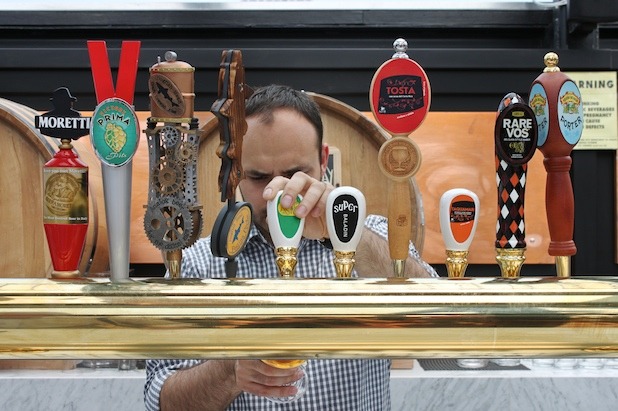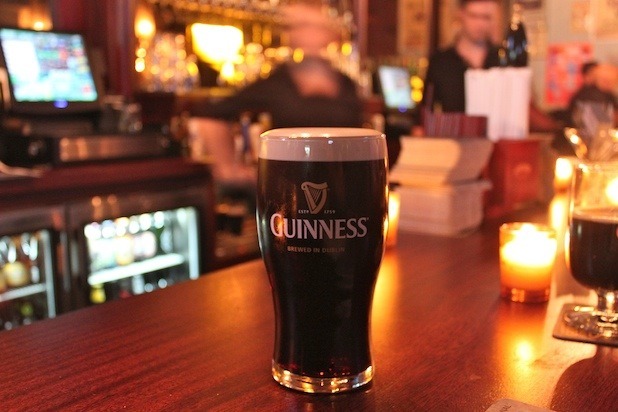The Beginner's Guide To Ordering Beer Slideshow
International Bitterness Unit: Otherwise known as IBU, it is the scale used to measure bitterness in beer — an important measurement for those fans of super-hoppy IPAs. Generally speaking, a low IBU number dances somewhere around the teens, whereas some of the bitterest beers have an IBU that clocks in the triple digits.
Skunked: A word used to describe a beer that has been damaged by exposure to UV light. According to BeerAdvocate, to avoid skunked beer "don't buy a beer on display, don't buy a beer in a cooler that is brightly lit, and don't leave your beer exposed to light."
Lacing: The term used to describe the pattern made by a beer's foam when it clings to a glass as a beer is consumed. Arguably an indicator of a beer with good head retention.
How to Approach the List
Your approach to a large beer list shouldn't be all that different from that of an extensive wine list. One, know what you like (do you lean toward lighter lagers or rich porters?), and two, don't be afraid to ask for help (the resident beer geek should be more than happy to guide you). Drinks expert David Wondrich also offers this helpful piece of advice: Consider the circumstances under which you're drinking (Is drinking beer your activity for the evening, or are you simply looking for a nice, meditative pint before moving onto other activities?). Figuring that out can help narrow the field and guide you to the right selection for the occasion.
Tasting Pointers
Again, tasting beer is not all that different from tasting wine — you're looking to evaluate the beer's appearance, smell, taste, and mouthfeel. A couple of significant distinctions, however: When evaluating the appearance, it's important to consider the thickness of the head (a thin head can sometimes signal a problem with the beer). Also, there's no spitting in beer tasting. Not that you would do this at a restaurant or bar, but the point is that swallowing the beer and considering the aftertaste is an important component of the overall tasting experience. Know also that having a beer served in the appropriate glassware is key to being able to fully appreciate its aroma.
Food Pairing Pointers
As is the case when considering food and wine pairings, or food and cocktail pairings, there are no hard-and-fast rules to matching food and beer. That said, many recommend looking for pairings that are either complementary or contrasting — beer expert Josh Bernstein suggests a light witbier with sushi or a hoppy IPA with a spicy Thai curry, for example. Another common piece of advice? Use the seasons as a guide — it's only natural that seasonally inspired beers should pair well with the foods and flavors of that given season.
Ales vs. Lagers
Although the beer family tree is a large and complex one, at least the roots are simple and easy to remember: All beers are either lagers or ales. Lagers are made with bottom-fermenting yeasts and are usually characterized as crisp and refreshing, whereas ales use top-fermenting yeasts, are usually fuller bodied, and represent a wider variety of styles.
Pilsners
Originating in Plzen, Czech Republic, in the 1840s, this style of lager is typically pale golden in color, with a crisp taste that balances a bitter hop character with malt, floral, and sometimes citrus notes. The style varies slightly depending on whether you are talking about Bohemian, German, or American pilsners.
Favorites to Try: Sam Adams Noble Pils, Pilsner Urquell, Lagunitas Pils, Tröegs Sunshine Pils, Victoria Prima Pils, Dogfish Head My Antonia
Pale Ales
Within this style of light, crisp beers there are a range of sub-genres, ranging from English Bitter to Extra Special Bitter, American Pale Ale, India Pale Ale, and Strong Pale Ale. Sierra Nevada founder Ken Grossman is credited with creating the American Pale Ale style, which features local hops and the beers are characterized as well-balanced and drinkable with a pilsner-like bitterness.
Favorites to Try: Flying Dog Doggie Style Classic Pale Ale, Sierra Nevada Pale Ale, Three Floyds Alpha King Pale Ale
IPAs
Bold flavor and in-your-face bitterness (in a good way) are the hallmarks of this beer style. Explains Bernstein of its origins, "According to lore, the IPA is so-called because 18th- and 19th-century sailors alighted from England to India with pale ales fortified with extra doses of hops — a climbing plant's fragrant flowering cones that act as preservatives and impart bitterness." And if a regular IPA doesn't pack enough bitter punch for you, try a double (or imperial) variety.
Favorites to Try: America's Bitterest Brews
Wheat Beers
As the name suggests, these are beers made primarily using wheat, as well as a lesser amount of malted barley. Most commonly they are ales — the two main styles are the Belgian witbier and the German weissbier. This style tends to produce light, thirst-quenching beers with fruity flavors and a good amount of carbonation.
Favorites to Try: Sam Adams Cherry Wheat, Harpoon UFO Hefeweizen, Goose Island 312 Urban Wheat Ale, Left Hand Brewing Haystack Wheat
Porters
Originating in England in the 18th century, this style regained popularity in a slightly reimagined form during the 1980s among the burgeoning U.S. microbrew scene. Not surprisingly, today's American-style porters are the most bold and intensely flavored — not to mention boundary-pushing in terms of creativity. The aroma and flavor of these rich, medium- to full-bodied beers is characterized primarily by the use of darker malts like black, chocolate, and smoked brown. "Roasty," "toasted," "chocolaty," "nutty," and "robust" are all common descriptors for this smooth style of brew.
Favorites to Try: Hoppin' Frog Silk Porter, Rogue Mocha Porter, Stone Brewing Co. Smoked Porter
Stouts
Stouts are slightly darker than their porter predecessors, and arguably the most iconic of these is that beloved Irish-born dry stout, Guinness. Dark malts remain the focus among these dark ales, but as Bernstein explains, they "can be creamy, bitter, or coffee-like," depending on the style. Imperial stouts will be more bold and robust, whereas something like a milk stout will lean on the sweeter, creamier side.
Favorites to Try: Starr Hill Dark Starr Stout, Three Floyds Moloko Milk Stout, Young's Double Chocolate Stout, Founders Imperial Stout
Session Beers
The connective thread between the beers in this category is not the style, but rather their alcohol by volume (ABV) percentage. These are flavorful, interesting brews with a low enough ABV — generally around 4 to 5 percent — to allow you drink several (within reason) and not regret it the next morning. Within the genre you'll find pale ales, dry stouts, lagers, and nut brown ales (although, of course, the craft beer industry being the way it is, there are no hard-and-fast rules.)
Favorites to Try: 12 Great Session Beers
Gluten-Free Beers
Because wheat, rye, and barley are traditionally essential ingredients in beer making, the drink has long found itself on the restricted list of those living a gluten-free lifestyle. However, in recent years, the niche beer category has experienced a growth spurt — with everyone from Anheuser-Busch InBev to Dogfish Head releasing a gluten-free variety. These easy-drinking, mass-appeal beers substitute typical gluten-containing ingredients for things like sorghum, millet, brown rice, and buckwheat.
Favorites to Try: 9 Gluten-Free Beers to Try
